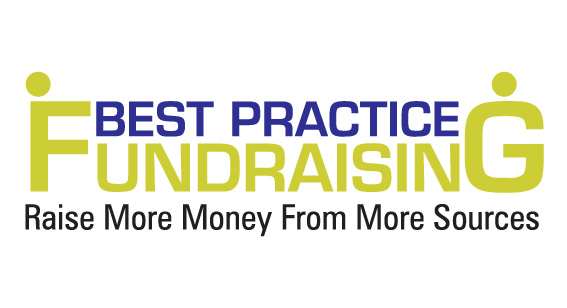By Anisha Robinson Keeys
Sales guru Zig Ziglar said, "If you have enough push, you don't have to worry about the pull.". In our economic climate, cutbacks on the part of grantmakers and donors will likely affect your ability to raise funds, requiring you to push that much harder to maintain financial stability. Here are ways to do so:
Diversify income streams
Many nonprofit organizations weather tough times by adding more sources of income. Given today’s environment, all nonprofits, even those that have historically raised money from just one source, should consider expanding the ways they generate revenue.
Create a fundraising plan with a broad reach. Such a plan should target income from a variety of places, including individual donors, corporations, and foundations, as well as earned income from special events and the sale of products and services.
Honor your volunteers
Tough times require subtle changes in the tone of the “ask” and the relationship between donor and recipient. An often-overlooked source of support for nonprofits, the volunteer, can be a key barometer for how successful a fundraising plan might be.
During an economic downturn, volunteers may be scarce, choosing to give their time and effort to personal or professional commitments. In response, consider demonstrating to volunteers just how and why their altruism is worth it.
Think of ways to make volunteering pleasurable and beneficial. For instance, use and promote the organization’s events, friendraisers, or fundraising initiatives as opportunities for volunteers to network with potential business contacts.
Also, minimize obstacles associated with serving. Respect volunteers by starting and ending meetings and events on time. Demonstrating appreciation goes a long way in fostering loyalty.
Keep in touch
Another important, no-cost strategy is to retain funder interest. Now is a great time to keep in touch with your supporters. Their investment shows that they care about the work your organization does; show that you care by keeping them informed of your initiatives.
During your calls, share success stories that can re-energize their commitment. Use anecdotes and case studies to reveal how their time, money, and talent are making a transformative difference in your organization.
Collect statistical data, but don’t overwhelm your supporters with the stats. Remember that donors are as emotion-driven as anyone else. The relationship between donor and recipient is based on people helping people.
Donors give more when they read the story of how their contributions affected on specific individual, as opposed to a report on many anonymous people. They also tend to donate more
to an organization if they also volunteer for it, so encourage donors to become active volunteers.
Be a part of your own solution
Openly confront the issue of how an uncertain economy could affect your organization’s stability and viability. Donors know that no matter where the economy is headed, raising money is never easy. So they’ll have concerns about how your organization will prevent, mitigate, or recover from loss of funding.
Many nonprofits operate under the constant threat of financial uncertainty. Therefore, they must be creative, proactive, and enterprising, constantly seeking opportunities, without forsaking their mission, to ensure sustainability.
There’s an earned income option for just about every nonprofit seeking to supplement fluctuating donations. Coming up with the right fit may just be a matter of brainstorming.
A good example is the Girl Scouts. Noted for being enterprising, the Girl Scouts netted over 700 million dollars from cookie sales last year.
Baking cookies isn’t the answer for most nonprofits, but it helps to have an earned income plan. For example: An organization that provides specialized training or has a talented management team may provide fee-based consulting services to emerging organizations in the same field.
Never stop asking
The best way to ensure that your organization loses revenue and goodwill is to stop asking for money and support. In good times and bad, stay positive and creative. Keep pushing hard to ensure survival and fulfill your promise to serve your community.





